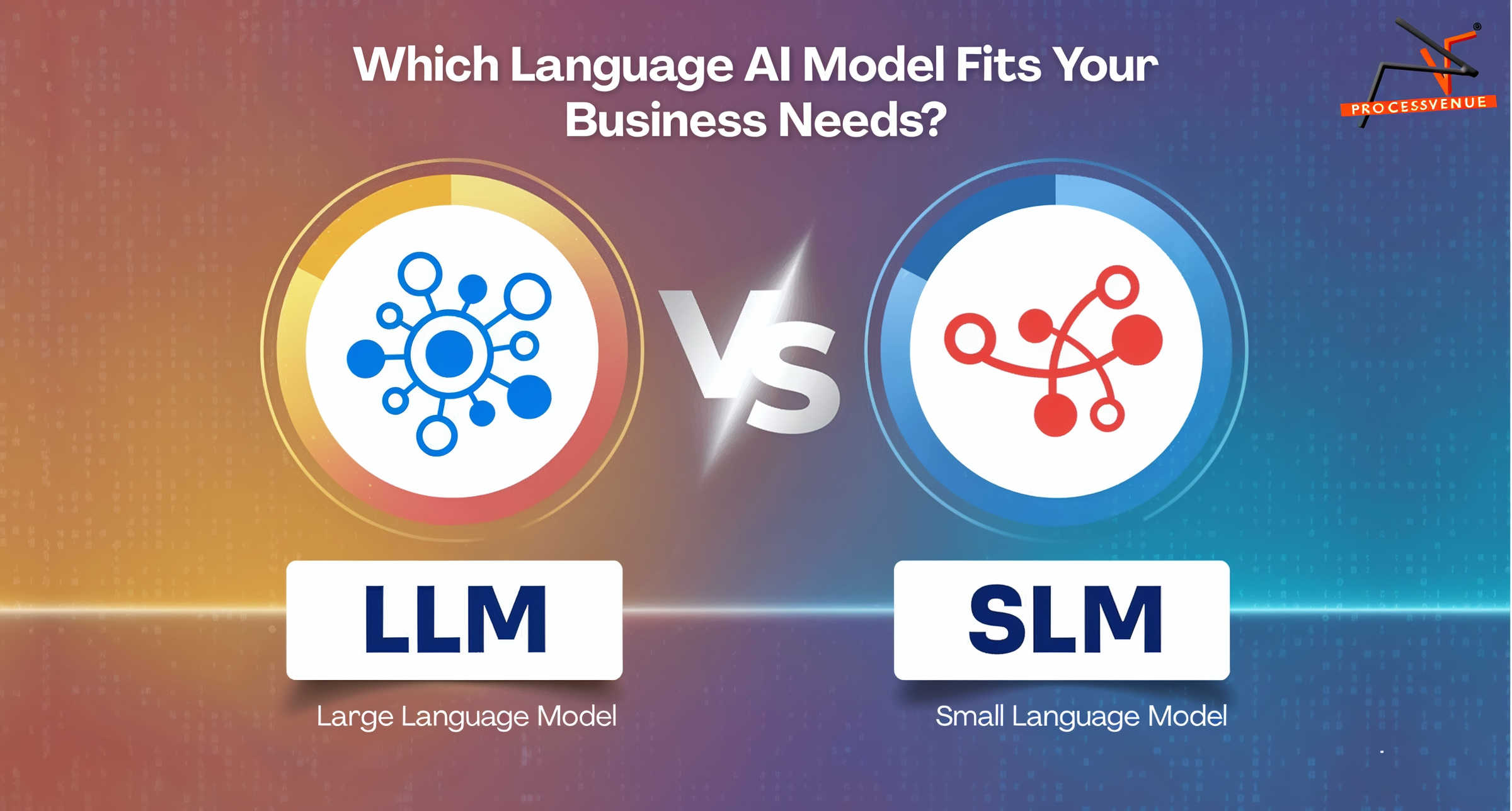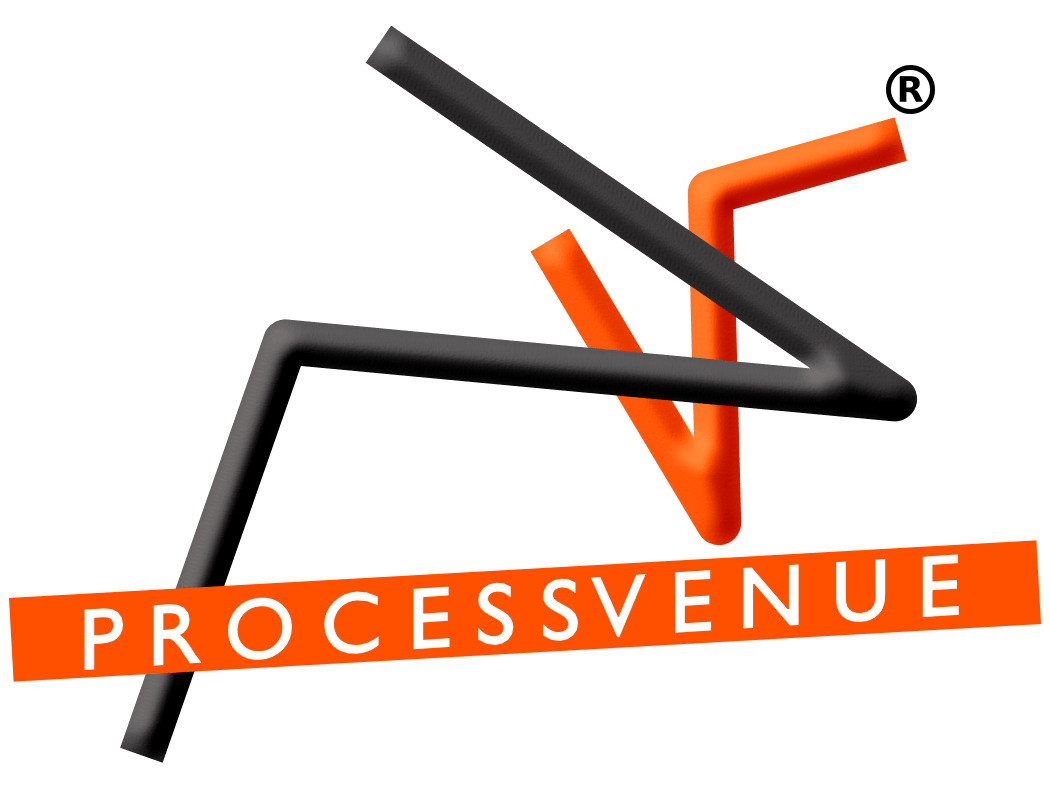
SLM vs LLM: Which Language AI Model Fits Your Business Needs?
When your business considers adopting AI to understand or generate natural language (for chatbots, summarization, content generation, etc.), one of the first choices is between Small Language Models (SLMs) and Large Language Models (LLMs). Each has strengths and trade-offs. Knowing them helps you pick what matches your goals, budget, and infrastructure.
Understanding the Models
Large Language Models (LLMs)
These are massive models, trained on trillions of data points. They can handle a wide variety of tasks such as summarization, multilingual support, reasoning, and much more. Think of them as broad generalists: powerful, versatile, but resource intensive.
Small Language Models (SLMs)
These are lighter, more focused models designed for specific domains or tasks. By using techniques like pruning or distillation, SLMs achieve high efficiency, faster responses, and lower deployment costs. They may not have the “generalist” strength of LLMs, but they excel in targeted applications like customer service, domain-specific FAQs, or internal knowledge base search.
Key Differences in Practice
- Performance: LLMs shine in open-ended, creative, or ambiguous scenarios. SLMs excel when the problem space is narrower and domain specific.
- Cost & Resources: LLMs require significant compute power and infrastructure, while SLMs are budget-friendly and run smoothly on smaller setups, even edge devices.
- Speed & Latency: SLMs typically respond faster, making them suitable for real-time interactions. LLMs can be slower unless heavily optimized.
- Privacy & Control: SLMs are easier to deploy locally, making them a safer choice for highly confidential or regulated industries. LLMs often run on the cloud, raising privacy considerations.
- Adaptability: LLMs are versatile across industries, while SLMs require careful fine-tuning for domain-specific excellence.
When SLMs Make the Most Sense
Think of industries where rules, compliance, and precision matter more than creativity. That’s where SLMs shine. Banks, insurance companies, and healthcare providers often turn to SLMs because they need fast, secure, and reliable answers in highly regulated environments.
For example, a hospital’s internal knowledge assistant doesn’t need to be creative; it needs to be accurate, fast, and private. An SLM can deliver exactly that while keeping infrastructure costs under control.
Similarly, customer service chatbots for a utility company may only need to handle billing queries or outage reports. Instead of deploying an expensive LLM, a finely tuned SLM can handle the job faster and at lower cost.
When an LLM Is Worth the Investment
There are also scenarios where the breadth and flexibility of LLMs outweigh their cost. If your business needs to operate across multiple domains handling unpredictable customer queries, supporting global operations, or offering creative solutions, LLMs become invaluable.
A marketing team brainstorming new campaign ideas, a research division analyzing trends across industries, or a global support function dealing with unpredictable multilingual queries will all benefit from the versatility that only an LLM can provide.
The Hybrid Model: A Practical Path Forward
The smartest strategy isn’t choosing between SLM and LLM, it’s combining both. Many enterprises are adopting a hybrid approach:
- Use SLMs for high-volume, repetitive, domain-specific tasks where speed and privacy are paramount.
- Rely on LLMs for complex, creative, or ambiguous queries that demand wider context.
This blend gives businesses the best of both worlds, efficiency where it matters most, and flexibility when challenges grow unpredictable.
ProcessVenue WorkplaceSLM: Your Internal AI Knowledge Assistant
Modern organizations generate vast amounts of internal data, policies, compliance documents, legal references, IT manuals, and HR guidelines. Yet employees often struggle to find the right information at the right time. Traditional search tools are slow, and generic AI platforms like ChatGPT cannot provide company-specific answers because they lack access to private organizational data.
ProcessVenue Workplace SLM solves this challenge. Built as a Small Language Model (SLM) tailored to your organization, it acts as an Internal AI Knowledge Assistant that delivers precise, policy-accurate answers instantly. Employees no longer dig through bulky handbooks or send repetitive queries to HR, Legal, or IT teams. Instead, they simply ask, and WorkplaceSLM responds.
At ProcessVenue, we built WorkplaceSLM to make organizational knowledge instantly accessible, secure, and practical. It’s a solution designed for companies that want efficiency without sacrificing accuracy or privacy. With WorkplaceSLM, your teams spend less time searching and more time focusing on what really drives growth.
FAQs: SLM vs LLM
What is the difference between a Small and a Large Language Model?
A Small Language Model is a lightweight system optimized for specific, narrow tasks. A Large Language Model is much bigger, trained on massive datasets, and designed for broad, complex, and creative tasks.
Is an LLM always better than an SLM?
No. LLMs are versatile but expensive. SLMs often deliver better results for businesses with domain-specific needs and limited budgets.
Which model is more cost-effective?
SLMs usually win on cost. They require less infrastructure and run efficiently on smaller hardware. LLMs need significant investment to run smoothly.
Can a business use both models together?
Absolutely. Many companies use SLMs for routine, predictable tasks and LLMs for advanced problem-solving—achieving balance between cost and capability.
Conclusion: Matching Models to Business Value
The debate between SLMs and LLMs isn’t about which is universally better, on the contrast it’s about which is right for your business. If your needs are narrow, cost-sensitive, and privacy-driven, SLMs often make the smarter choice. If you need creativity, flexibility, and wide-ranging capabilities, LLMs are worth the investment. And in many cases, a hybrid model delivers the best of both.
Your journey with AI should never be about “bigger is better” rather it should always be about what fits your business best.
